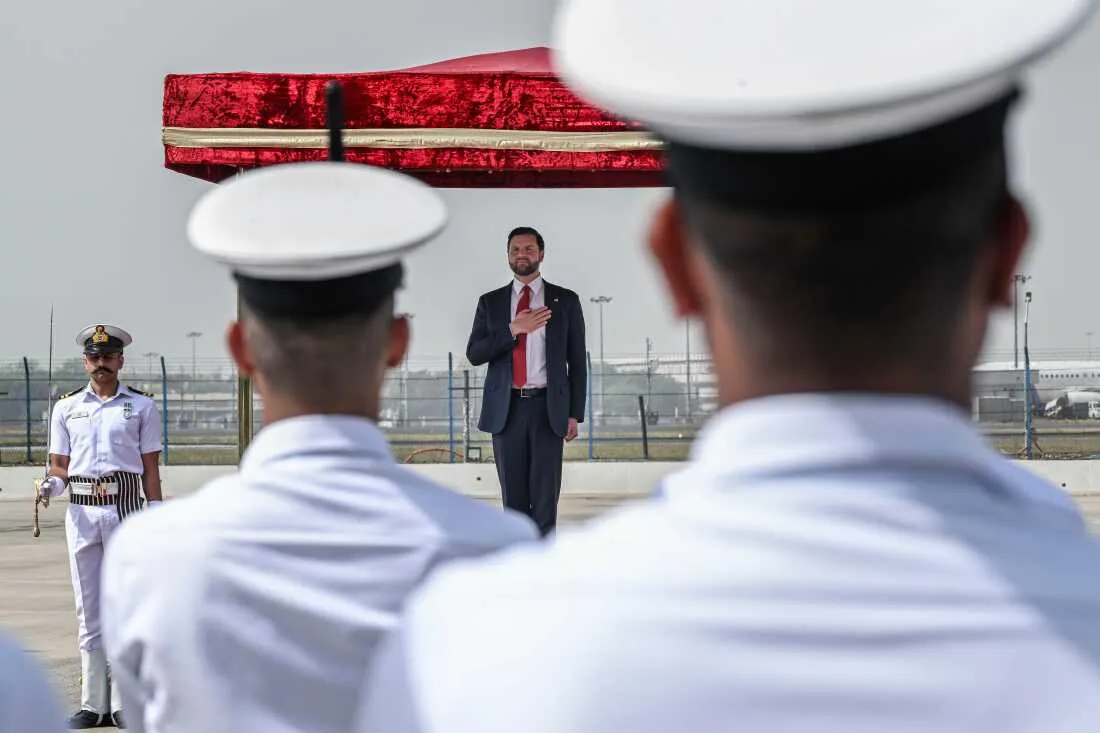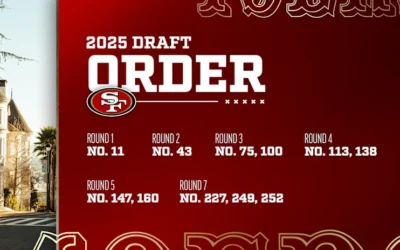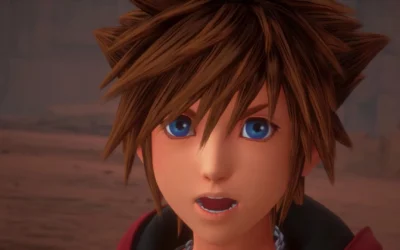U.S. and India Foster Trade Relations
In a significant diplomatic engagement, U.S. Vice President JD Vance and Indian Prime Minister Narendra Modi recently met in New Delhi to discuss the future of trade relations between the two countries. The meeting comes at a time when both nations are looking to reinforce their economic ties amid global market shifts and the ongoing challenges presented by tariffs and trade restrictions.
Optimistic Outlook on Trade Deal
The discussions between Vance and Modi were marked by a sense of optimism, with both leaders expressing a commitment to fostering stronger economic cooperation. Their meeting focuses on negotiating a trade deal that could enhance bilateral trade, reduce tariffs, and create new opportunities for businesses in both nations.
“We aim to provide a framework that not only benefits our economies but also strengthens the bonds of our people,” Vance stated during the press conference that followed the meeting. Modi echoed this sentiment, remarking, “Together, we can achieve the vision of a prosperous future for both our nations.”
Context: India’s Tariff Challenges
India has been seeking relief from U.S. tariffs that have impacted various sectors, notably in technology, agriculture, and textiles. As the world’s largest importer of arms, India is also looking to secure more favorable terms for defense procurement. With the increase in geopolitical tensions and a shift towards self-reliance, India’s government is keen on leveraging strong ties with the U.S. to strengthen its economy.
The discussions are set against the backdrop of India’s ambitious economic agenda, which includes the “Make in India” initiative aimed at transforming the country into a global manufacturing hub.
Cultural Exchange: Usha Vance Stuns at Akshardham
Alongside the political discussions, cultural diplomacy played a significant role in Vance’s visit. Usha Vance, the wife of the Vice President, captured attention during her visit to the Akshardham Temple, an architectural marvel dedicated to Indian culture and spirituality. Dressed in an exquisite Asian-inspired ensemble, Usha embraced the local culture, reflecting the importance of soft power in fostering international relations.
Her choice of attire not only highlighted the beauty of Indian fashion but also signaled an appreciation for India’s rich heritage. This symbolic act of participating in local traditions is part of a broader effort to connect on a cultural level.
Impacts on Bilateral Relations
Experts suggest that the evolving dialogue between India and the U.S. could lead to profound changes in the geopolitical landscape. The burgeoning relationship holds enormous potential not just for economic cooperation but also in areas such as climate change, security, and technology transfer.
“India and the U.S. share democratic values and a strategic vision that aligns with mutual interests,” said Anjali Prakash, an analyst at the South Asian Policy Institute. “This partnership can redefine global trade norms and enhance both nations’ positions in the world economy.”
Political Significance
The meeting also carries significant political weight as both leaders engage with a global audience amid shifting alliances and the rise of new economic powers. The Biden administration views strengthening ties with India as essential in countering China’s influence in Asia, particularly in the fields of technology and defense.
Modi, who is preparing for the upcoming elections, stands to benefit from a successful trade deal, projecting an image of an economically astute leader capable of securing jobs and growth for his electorate.
The Road Ahead
With negotiations expected to continue, both sides have indicated a willingness to tackle previously contentious issues, such as digital trade and intellectual property rights. Understanding the complexity of these negotiations, Vance and Modi have committed to open communication and constructive dialogue.
“As two of the largest democracies, we have a responsibility not just to our countries but to the world,” said Vance. “By working together, we can set examples in sustainable development and collective security.”
Conclusion
The meeting between JD Vance and Narendra Modi marks a pivotal moment in U.S.-India relations. With an optimistic outlook on a forthcoming trade deal, accompanied by cultural exchanges that foster mutual understanding, both nations are poised to embark on a new chapter in their partnership. As discussions progress, the global community will be watching closely, eager to see the implications of this strategic alliance on international trade and diplomacy.







